Read the following Safety Instrumented System Interview Questions and Answers useful for interview preparation.
Safety Instrumented Systems must be independent from all other control systems that control the same equipment in order to ensure SIS functionality is not compromised.
Safety Instrumented System Interview Questions
SIS Questions and Answers
1. What is a SIS?
A SIS is a Safety Instrumented System. It is designed to prevent or mitigate hazardous events by taking the process to a safe state when predetermined conditions are violated.
A SIS is composed of a combination of logic solver(s), sensor(s), and final element(s). Other common terms for SISs are safety interlock systems, emergency shutdown systems (ESD), and safety shutdown systems (SSD).
A SIS can be one or more Safety Instrumented Functions (SIF).
2. What is a SIF?
SIF stands for Safety Instrumented Function. A SIF is designed to prevent or mitigate a hazardous event by taking a process to a tolerable risk level. A SIF is composed of a combination of logic solver(s), sensor(s), and final element(s).
A SIF has an assigned SIL level depending on the amount of risk that needs to be reduced. One or more SIFs comprise a SIS.
3. What is SIL?
SIL stands for Safety Integrity Level. A SIL is a measure of safety system performance, or probability of failure on demand (PFD) for a SIF or SIS. There are four discrete integrity levels associated with SIL.
The higher the SIL level, the lower the probability of failure on demand for the safety system and the better the system performance. It is important to also note that as the SIL level increases, typically the cost and complexity of the system also increase.
A SIL level applies to an entire system. Individual products or components do not have SIL ratings. SIL levels are used when implementing a SIF that must reduce an existing intolerable process risk level to a tolerable risk range.
4. What does functional safety mean?
Functional safety is a term used to describe the safety system that is dependent on the correct functioning of the logic solver, sensors, and final elements to achieve the desired risk reduction level.
Functional safety is achieved when every SIF is successfully carried out and the process risk is reduced to the desired level.
5. Why were the ANSI/ISA 84, IEC 61508, and IEC 61511 standards developed?
The standards were a natural evolution for the need to reduce process risk and improve safety through a more formalized and quantifiable methodology.
Additionally, and specifically for IEC 61508, as the application and usage of software has evolved and proliferated, there was an increased need to develop a standard to guide system / product designers and developers in what they needed to do to ensure and “claim” that their systems / products were acceptably safe for their intended uses.
6. When do I need a SIF or a SIS?
The philosophy of the standards suggests that a SIS or SIF should be implemented only if there is no other non-instrumented way of adequately eliminating or mitigating process risk.
Specifically, the ANSI/ISA-84.00.01-2004 (IEC 61511 Mod) recommends a multi-disciplined team approach that follows the Safety Lifecycle, conducts a process hazard analysis, designs a variety of layers of protection (i.e., LOPA), and finally implements a SIS when a hazardous event cannot be prevented or mitigated with something other than instrumentation.
7. What is a proof-test interval?
Proof testing is a requirement of safety instrumented systems to ensure that everything is working and performing as expected.
Testing must include the verification of the entire system, logic solver, sensors, and final elements. The interval is the period of time that the testing occurs.
The testing frequency varies for each SIS and is dependent on the technology, system architecture, and target SIL level.
The proof-test interval is an important component of the probability of failure on demand calculation for the system.
8. What is a Process Hazard Analysis (PHA) and who conducts this?
A PHA is an OSHA directive that identifies safety problems and risks within a process, develops corrective actions to respond to safety issues, and preplans alternative emergency actions if safety systems fail.
The PHA must be conducted by a diverse team that has specific expertise in the process being analyzed. There are many consulting and engineering firms that also provide PHA services. PHA methodologies can include a What-If Analysis, Hazard and Operability Study (HAZOP), Failure Mode and Effects Analysis (FEMA), and a Fault Tree Analysis.
9. What voting configurations are required for each SIL level?
Obtaining a desired SIL level is dependent on a multitude of factors. The type of technology employed, the number of system components, the probability of failure on demand (PFD) numbers for each component, the system architecture (e.g., redundancy, voting), and the proof testing intervals all play a significant role in the determination of a SIL level.
There is not a standard answer for what voting configurations are required for each SIL level. The voting architecture must be analyzed in the context of all the factors noted above.
10. Will a SIL rated system require increased maintenance?
SIL solutions are certainly not always the most cost-effective solutions for decreasing process risk.
Many times, implementing a SIL solution will require increased equipment, which inevitably will require increased maintenance.
Additionally, it is likely that the higher the SIL level, the more frequent the proof testing interval will be, which may ultimately increase the amount of system maintenance that is required. This is why the standards recommend a SIL based solution only when process risk cannot be reduced by other methods, as determined by LOPA.
11. Can a F&G system be a SIF or SIS?
A Fire and Gas (F&G) system that automatically initiates process actions to prevent or mitigate a hazardous event and subsequently takes the process to a safe state can be considered a Safety Instrumented Function / Safety Instrumented System.
However, it is absolutely critical in a F&G system to ensure optimal sensor placement. If there is incorrect placement of the gas / flame detectors and hazardous gases and flames are not adequately detected, then the SIF / SIS will not be effective.
Correct sensor placement is more important than deciding whether a F&G SIF / SIS should be SIL 2 or SIL 3.
12. What is SIL 4?
SIL 4 is the highest level of risk reduction that can be obtained through a Safety Instrumented System.
However, in the process industry this is not a realistic level and currently there are few, if any, products / systems that support this safety integrity level.
SIL 4 systems are typically so complex and costly that they are not economically beneficial to implement.
Additionally, if a process includes so much risk that a SIL 4 system is required to bring it to a safe state, then fundamentally there is a problem in the process design which needs to be addressed by a process change or other non-instrumented method.
13. Can an individual product be SIL rated?
No. Individual products are only suitable for use in a SIL environment.
A SIL level applies to a Safety Instrumented Function / Safety Instrumented System.
14. What type of communication buses or protocols are applicable for SIL 2 or SIL 3 systems?
The type of communication protocol that is suitable for a SIL 2 or SIL 3 system is really dependent on the type of platform that is being used. Options include, but are not limited to: 4-20 mA output signal, ControlNet (Allen Bradley), DeviceNet Safety (Allen Bradley), SafetyNet (MTL), and PROFIsafe.
Currently, the ISA SP84 committee is working on developing guidelines for a safety bus, to make sure that the foundations comply with IEC 61508, and IEC 61511 standards.
The first devices with a safety bus should be available by 2008. The Fieldbus Foundation is actively involved in the committee and working on establishing Foundation Fieldbus Safety Instrumented Systems (FFSIS) project to work with vendors and end users to develop safety bus specifications.
15. For General Monitors, how can I access the PFD and MTBF data for the products?
The General Monitors SIL certificates have the PFD, SFF, and SIL numbers that correspond to each product.
MTBF data can be provided by request.
16. Can a manufacturer state their products are “SIL X certified” rather than “suitable for use in a SIL X system”?
Individual products are only suitable for use in a SIL environment. A SIL level applies to a Safety Instrumented Function / Safety Instrumented System.
Product certificates are issued either by the manufacturer (self-certification), or other independent agency to show that the appropriate process is followed, calculations have been performed, and analysis has been completed on the individual products to indicate that they are compatible for use within a system of a given SIL level.
Full IEC 61508 certification can apply to a manufacturer’s processes. Full certification implies that a manufacturer’s product development process meets the standards set forth in the appropriate parts of sections 2 – 3 of IEC 61508 (including hardware / system and software).
Receiving full certification from an accredited notifying body gives the end user confidence that the manufacturer’s engineering process has been reviewed and its product’s electrical content, firmware and logic have been assessed and conform to the guidelines set forth in the standard.
There are very few nationally accredited bodies that can issue nationally accredited certifications. Other consulting firms issue certificates that indicate that the product and / or process has been reviewed by an independent third party.
17. Can a manufacturer state their products meet all parts of the requirements of IEC 61508 parts 1 to 7?
IEC 61508 consists of the following parts, under the general title Functional Safety of electrical/electronic/programmable electronic safety-related systems:
- Part 1: General requirements
- Part 2: Requirements for electrical/electronic/programmable electronic safety-related systems
- Part 3: Software requirements
- Part 4: Definitions and abbreviations
- Part 5: Examples of methods for the determination of safety integrity levels
- Part 6: Guidelines on the application of parts 2 and 3
- Part 7: Overview of techniques and measures
To be in compliance with the standard, it is necessary to conform to Parts 1 – 3. Parts 4 – 8 are informative only and can be useful in understanding and applying the standard, but do not have requirements for conformance.
Manufacturers of products generally meet Section 2 requirements to determine through a FMEDA analysis that their products are suitable for use within a given SIL level.
Companies choosing to certify their engineering processes and receive full IEC 61508 certification will also comply with Section 3 as it relates to software development.
18. What does SIL X suitable mean, is this a valid statement as per the standard IEC 61508 or can any other wording be used?
SIL stands for Safety Integrity Level. A SIL is a measure of safety system performance, or probability of failure on demand (PFD) for a SIF or SIS. There are four discrete integrity levels associated with SIL. The higher the SIL level, the lower the probability of failure on demand for the safety system and the better the system performance. It is important to also note that as the SIL level increases, typically the cost and complexity of the system also increase.
A SIL level applies to an entire system if it reduces the risk in the amount corresponding to an appropriate SIL level. Individual products or components do not have SIL ratings. SIL levels are used when implementing a SIF that must reduce an existing intolerable process risk level to a tolerable risk range.
Only the end user can ensure that the safety system is implemented to be compliant with the standards. It is up to the user to ensure that procedures have been followed properly, the proof testing is conducted correctly, and suitable documentation of the design, process, and procedures exists.
The equipment or system must be used in the manner in which it was intended in order to successfully obtain the desired risk reduction level. Just buying SIL 2 or SIL 3 suitable components does not ensure a SIL 2 or SIL 3 system.
19. Using a SIL 3 logic solver means that I have a SIL 3 system.
No. When using a SIL 3 logic solver, it is critical that the entire system is designed to conform to SIL 3 requirements.
The PFD for the entire system is important. If a user installs a SIL 3 logic solver but does not employ appropriate redundancy or does not incorporate components into the system with correct PFD calculations, then the entire system may not comply with a SIL 3 level. “A chain is only as strong as its weakest link.”
20. SIL 3 suitable products are better than SIL 1 or SIL 2 suitable products.
This is not necessarily true. While a higher SIL level corresponds to a lower probability of failure on demand, a SIL 2 suitable product may be perfectly acceptable for use in a SIL 3 environment if, for example, the proof testing interval is increased or if redundancy is used.
It is very important for an end-user to understand the operating requirements of the products within a given SIL environment to ensure that once installed, the products maintain their SIL suitability levels. Incorrect installation, proof testing, or configuration of the products could make the SIL suitability level inaccurate.
21. There are many agencies that are capable of issuing SIL certifications.
There are very few nationally accredited bodies that can issue nationally accredited certifications, including FM, TUV, and Sira.
Many unaccredited consulting firms issue certificates that indicate they have reviewed the product and / or process for conformance to certain parts of the IEC 61508 standard.
The standard does not mandate that certain companies or agencies are able to certify products and systems. Rather, it is suggested that analysis is either conducted or validated by an independent third party.
22. A vendor can determine whether a system meets the requirements of IEC 61511.
No. Only the end user can ensure that the safety system is implemented to be compliant with the standards. It is up to the user to ensure that procedures have been followed properly, the proof testing is conducted correctly, and suitable documentation of the design, process, and procedures exists.
The equipment or system must be used in the manner in which it was intended in order to successfully obtain the desired risk reduction level. Just buying SIL 2 or SIL 3 suitable components does not ensure a SIL 2 or SIL 3 system.
23. A customer must purchase a complete SIL based solution, even if some functions do not require a SIL level.
For most applications there will only be a few SIF functions being handled by the system, and the vast majority of the circuits may not need to be SIL rated at all.
If the customer specifies SIL 2 or SIL 3 for the entire system he may add considerable cost with little or no benefit or improvement in safety.
24. “Safety” and “Reliability” are the same thing.
No. Safety and reliability are often linked but are not the same thing. Safety is defined in the IEC 61508 standards as “freedom from unacceptable risk.”
A safe system should protect from hazards whether it is performing reliably or not. Safety engineering assures that a safety system performs as needed, even when pieces fail. In fact, safety engineers assume that systems will fail, and design accordingly.
Reliability is a measure of how well the system does exactly what it is intended to do when operated in a specific manner. A reliable system may not always be a safe system. The challenge in functional safety is to ensure that a system is both reliable and safe.
25. Explain SIL and SIS and how they relate?
Safety Instrumented System (SIS) :
Instrumented system used to implement one or more safety instrumented functions. An SIS is composed of any combination of sensors, logic solvers, and final elements.
This can include safety instrumented control functions, safety instrumented protection functions, or both. In many industrial processes, especially those in the chemical or oil & gas industries, involve inherent risk due to the presence of dangerous chemicals or gases.
SIS are specifically designed to protect personnel, equipment, and the environment by reducing the likelihood or the impact severity of an identified emergency event.
Safety Integrity Level (SIL) :
SIL is a quantifiable measurement of risk used as a way to establish safety performance targets for SIS systems.
IEC standards specify four possible Safety Integrity Levels (SIL1, SIL2, SIL3, SIL4); however, ISA S84.01 only recognizes up to SIL3 levels.
Additional terms in the Safety Design area:
Safety Instrumented Function (SIF): Safety function with a specified safety integrity level, which is necessary to achieve functional safety. A safety instrumented function can be either a safety instrumented protection function (define SIPF) or a safety instrumented control function (define SICF).
Safe Failure Fraction (SFF): is a relatively new term resulting from the IEC 61508 and IEC 61511 committees’ work to quantify fault tolerance and establish the minimum level of redundancy required in a safety instrumented function.
Per IEC, “Safe failure fraction is the ratio of the (total safe failure rate of a subsystem plus the dangerous detected failure rate of the subsystem) to the total failure rate of the subsystem.” (In IEC terms, subsystem refers to individual devices).
There are four types of random hardware failures:
- Safe undetected (SU);
- Safe detected (SD);
- Dangerous detected (DU);
- Dangerous undetected (DD).
Determining the SFF requires dividing the sum of the first three by the sum of all four.
The assumption is that the operator is expected to take action based on the dangerous detected faults, therefore even if a device has a large fraction of dangerous failures, if enough can be detected and safe action taken, then the device is still considered a safe device.
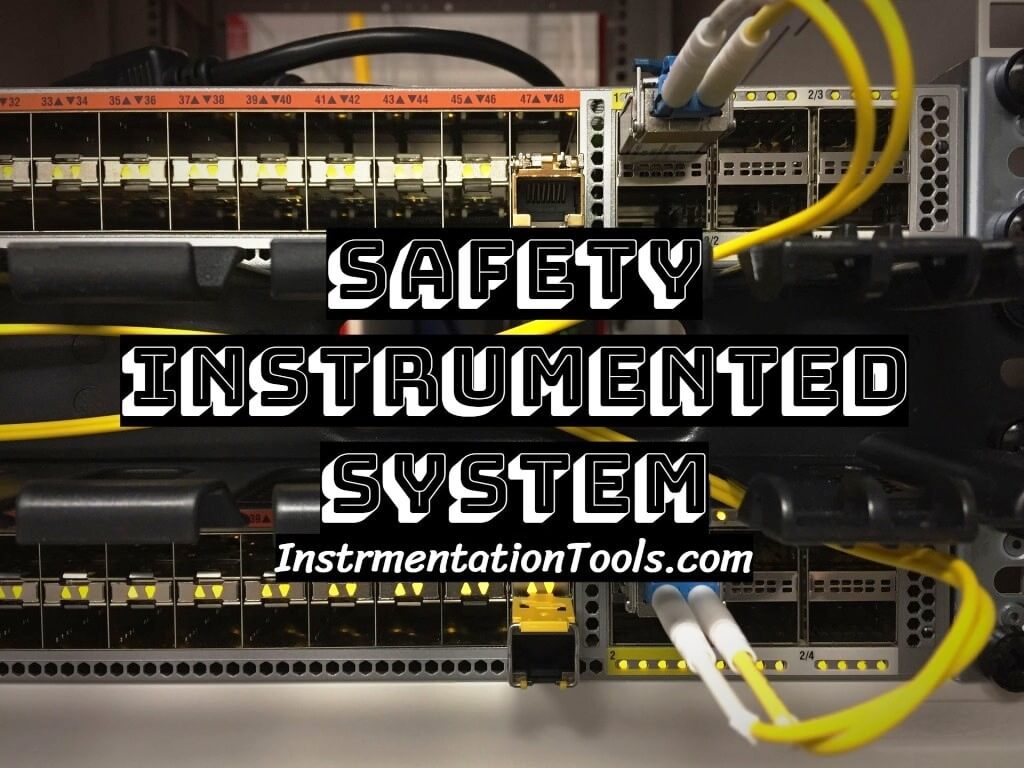


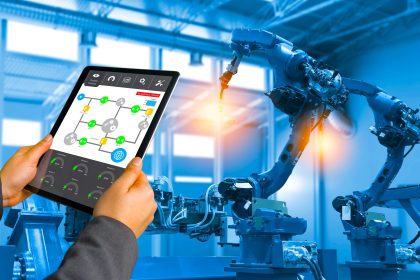
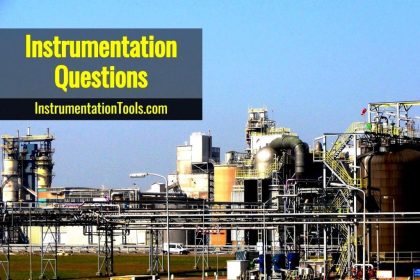
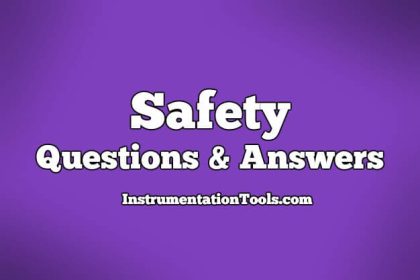
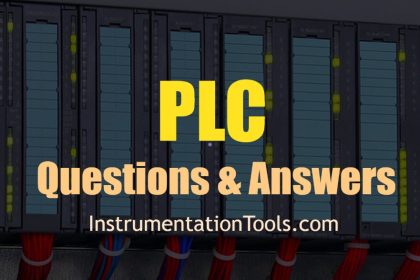
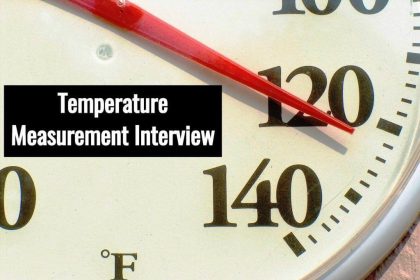

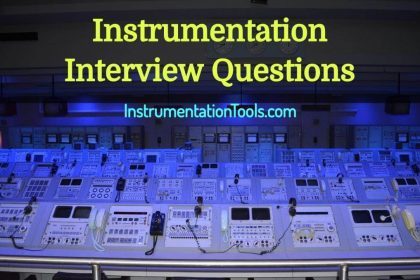

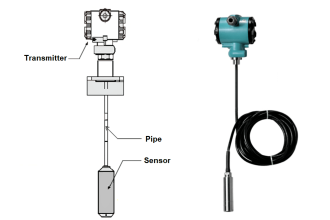
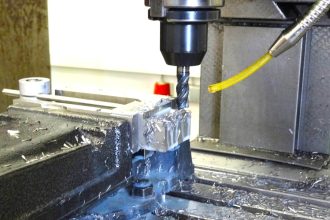
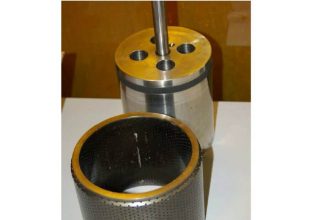
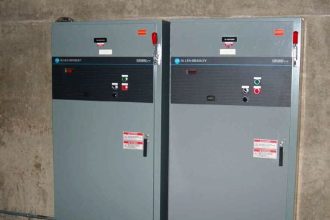
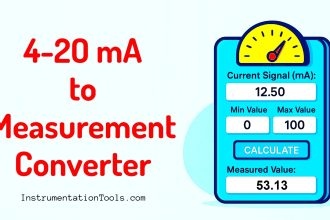
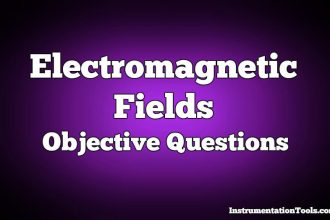


Really Superb Website. Very Good Article on Safety Systems. Thanks
Awesome !!! Brilliant information sharing…Thanks
Good topic
Thanks for good knowledge sharing
Superb.